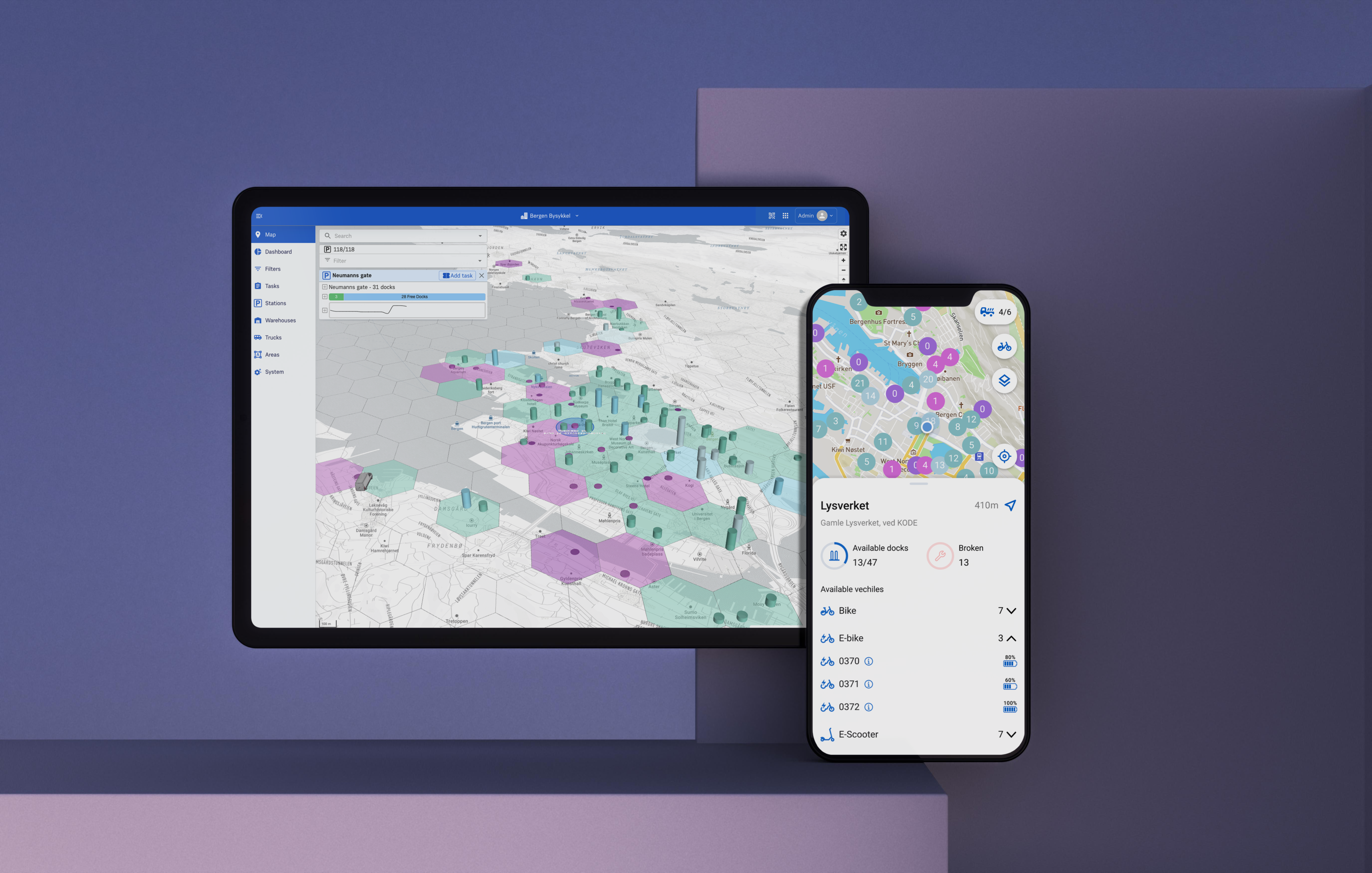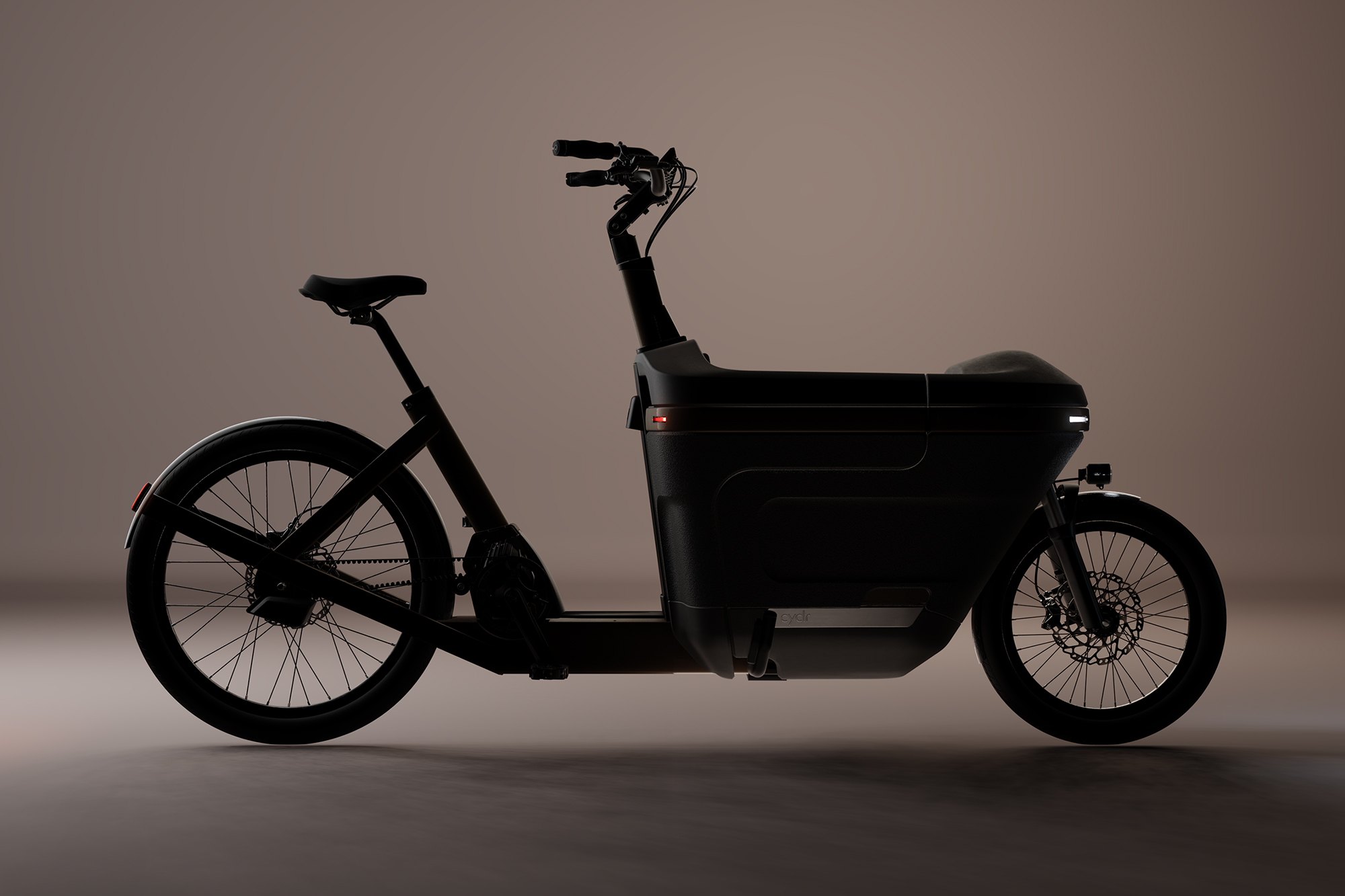Swedish operator Voi is launching a large scale pilot incorporating AI technology into its e-scooters that can detect when they ride on a pavement or are parked incorrectly.
Called “computer vision”, the technology offers real-time lane segmentation and pedestrian detection for scooters, similar to that available in high-end cars.
Working with Irish micromobility start-up Luna, Voi e-scooters fitted with the new technology were tested in Stockholm streets on Thursday in advance of deployment on the firm’s fleet in Northampton later this month.
The smart camera hardware and electronics have been honed to integrate with the latest Voi vehicles.
Voi will initially install cameras on a number of e-scooters in Northampton for a two-phase pilot starting in July.
Data from the pilot will be shared with the council so that it can collect a detailed record of how and where the e-scooters are being ridden.
By 2022, Luna expects to be able to integrate its camera technology directly into the stem or handlebars of the e-scooters for rent.
“With computer vision e-scooters can be trained to see and recognise situations that are hazardous,” said Fredrik Hjelm, co-founder and CEO of Voi Technology.
“This world-first pilot will set new standards of safety for this new form of transport. Having helped riders to take more than 60 million rides across Europe we understand deeply the issues involved in e-scooter safety and are always looking for ways to do better. We are very proud to be the first e-scooter operator to incorporate the computer vision technology at scale for the benefit of our riders, pedestrians and authorities.”
Ben Segal, CTO at Navmatic – a technology company specialising in micromobility sensor systems such as ultra-accurate positioning and machine vision – told Zag that doubts remain about the efficacy of such a system.
“Machine vision could help integrate e-scooters more safely into the public realm, but neither cities nor riders can yet rely on it to enforce safety,” he said.
“Many technical limitations remain to be solved, including efficacy in poor light and adverse weather, and susceptibility to vandalism and hacking. Cameras can tell you what they see, but not where they are and how they are moving – key data required for effective safety interventions. Integrating vision successfully will require companies that can take a full-stack approach to the entire vehicle-as-a-system.”
Meanwhile, a spokesperson for Superpedestrian raised the potential data and privacy concerns surrounding the technology.
“Technology holds the potential to yield life-changing interventions in micromobility safety standards,” they added.
“As a robotics company with more than 40 patents in AI and electrified vehicle systems, we’re pleased to see the industry beginning to recognise the potential of active safety technology. Some communities, however, have already expressed privacy concerns about the prospect of thousands of unregulated cameras being released onto city streets ”



